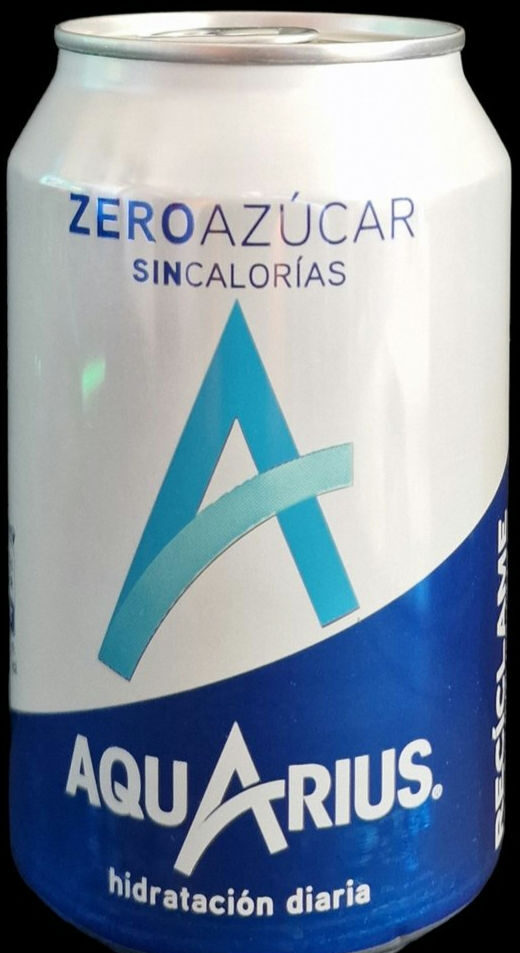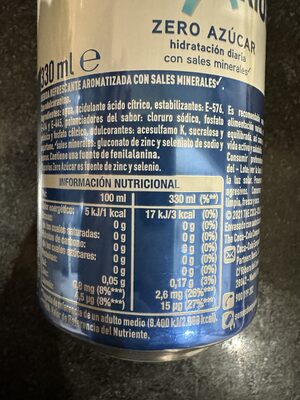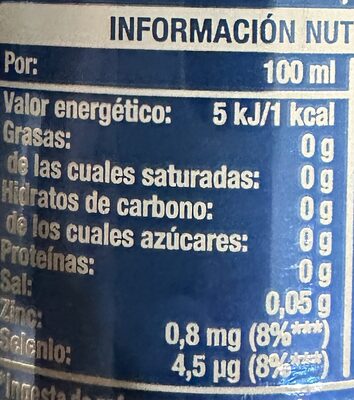Aquarius Limón Zero - 33 cl.
Aquesta pàgina del producte no està completa. Podeu ajudar a completar-la editant-la i afegint-hi més dades a partir de les fotos ja disponibles, o fent-ne més amb l'aplicació de androide o iPhone / iPad. Gràcies!
×
Codi de barres: 5449000171788 (EAN / EAN-13)
Nom comú: Bebida refrescante aromatizada con sales minerales
Quantitat: 33 cl.
Marques: Aquarius
Categories: Begudes, Begudes ensucrades artificialment
Matching with your preferences
Entorn
Empaquetament
Transport
Report a problem
Fonts de dades
Producte afegit per kiliweb
Última modificació de la pàgina del producte per redspider.
La pàgina del producte, també editada per acuario, cocopops2023, elfarto, fiverr, foodless, openfoodfacts-contributors, scanbot, yuka.R0tRRklaa2xtT1lCc3M4NnJoTHkzKzlybHJHelJFVG1HZEJMSVE9PQ, yuka.sY2b0xO6T85zoF3NwEKvlhFKU-X5-h_EBRPhxXHW6NvTMLDXRsMp-ajTNKs, yuka.sY2b0xO6T85zoF3NwEKvlkdYdMbPpw_5JSznw0mPm42LFqDuYd9dwJP1aqo, yuka.sY2b0xO6T85zoF3NwEKvll0fSIrQuhXeOxrkmWS7yOWBdMLRZ-xx5aWrbKs.









